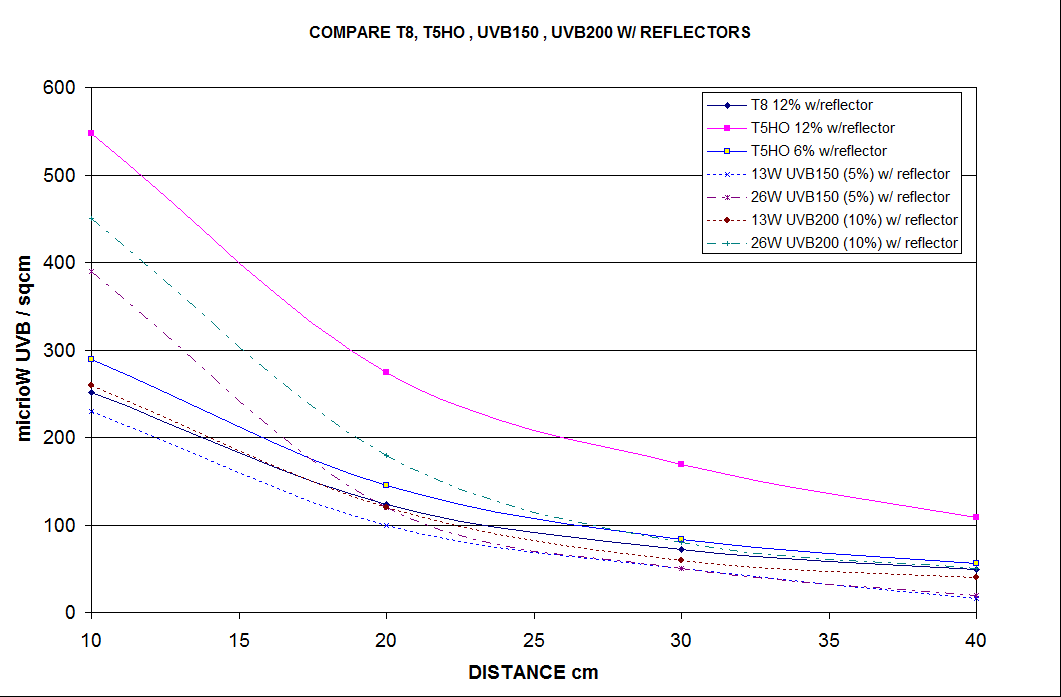TheRamiRocketMan
Not so new Member
- Joined
- Nov 12, 2018
- Messages
- 55
- Reaction score
- 19
I've had this baby Eastern Water Dragon (1 month old) for about a week now and he (might be a she, can't tell at this age) seems to be really settling in. He is active, eating, and exploring his massive setup. I constructed it to be suitable for an adult dragon, so it's 6' x 3'. For lighting I have a double dome basking spot with a 150W basking lamp and a 10.0 Compact UVB bulb creating a 33 C (91F) basking spot. I also have an LED full spectrum panel for UVA and visible light.
Trouble is, the dragon doesn't seem to bask all that often and I'm worried he won't get the UVB needed for healthy growth. I could take him outside but I'm struggling to handle him and I'm worried that over-handling could hurt him or cause him to mistrust me. He also could escape. He is so small and difficult to keep track of.
Any suggestions on how to get a baby water dragon to use his basking spot?
Trouble is, the dragon doesn't seem to bask all that often and I'm worried he won't get the UVB needed for healthy growth. I could take him outside but I'm struggling to handle him and I'm worried that over-handling could hurt him or cause him to mistrust me. He also could escape. He is so small and difficult to keep track of.
Any suggestions on how to get a baby water dragon to use his basking spot?











